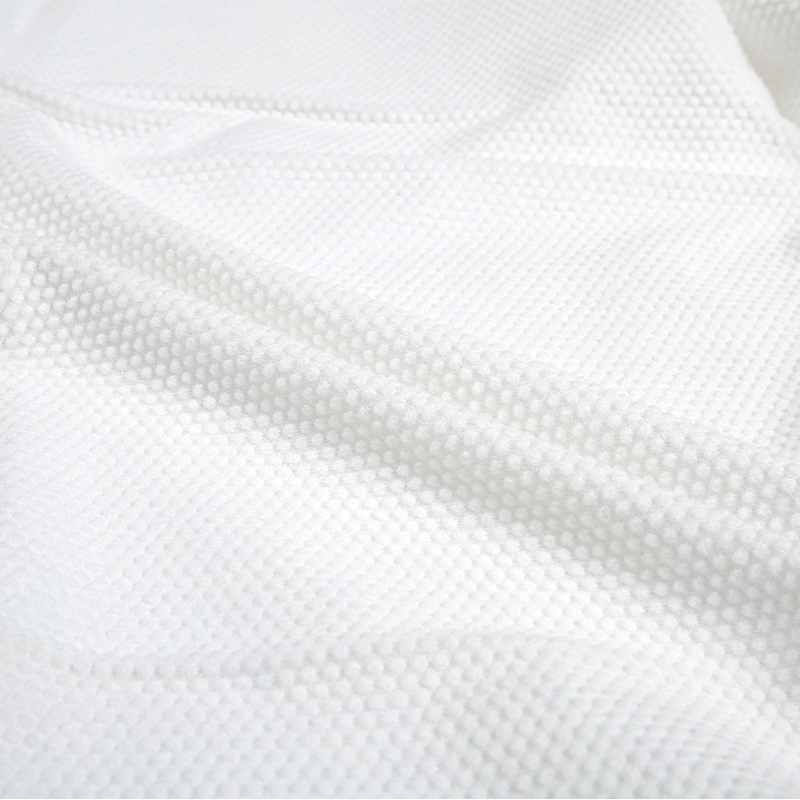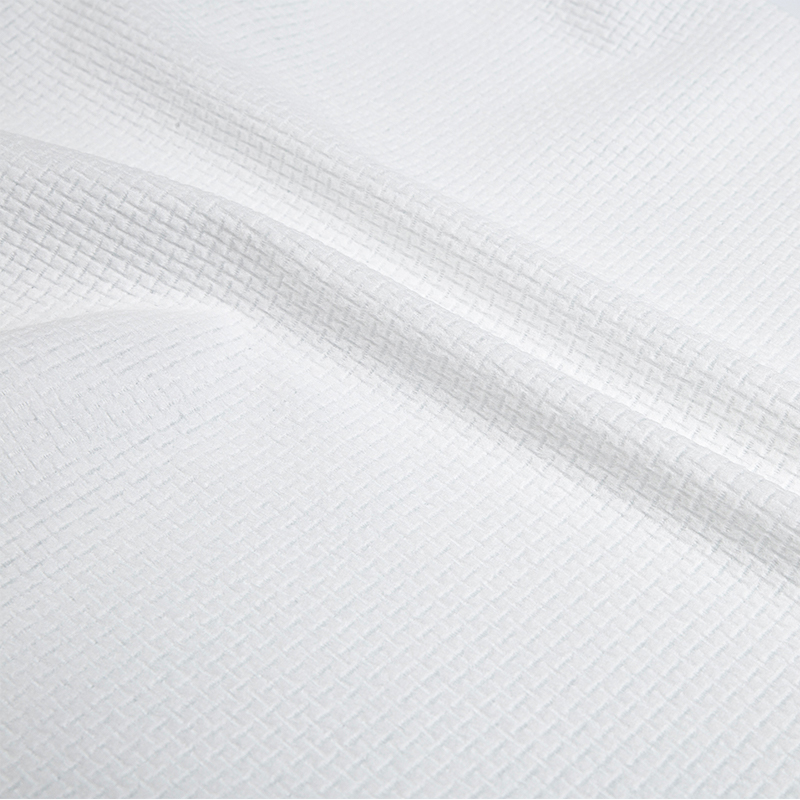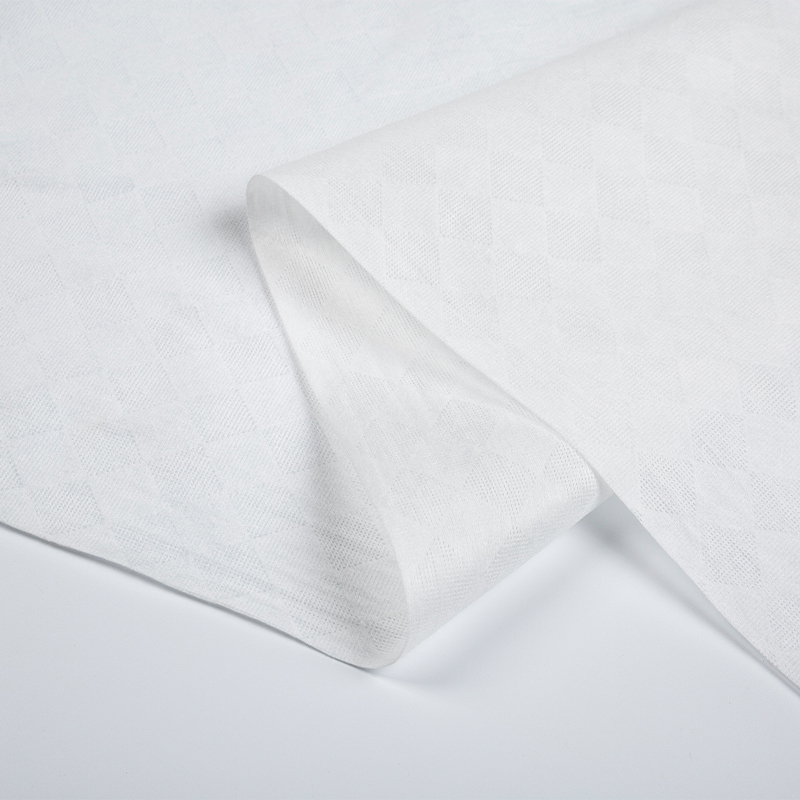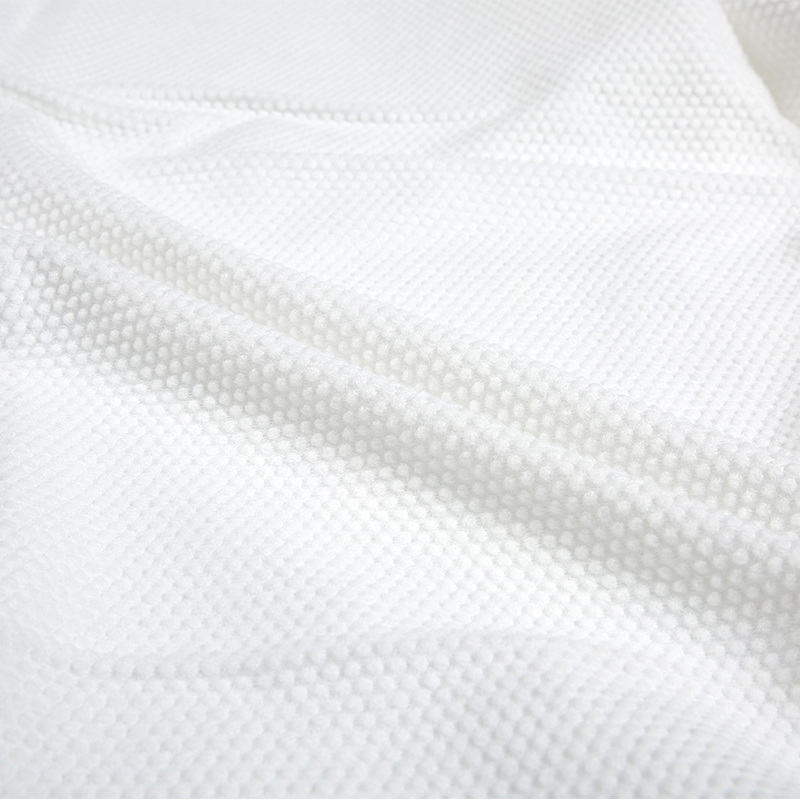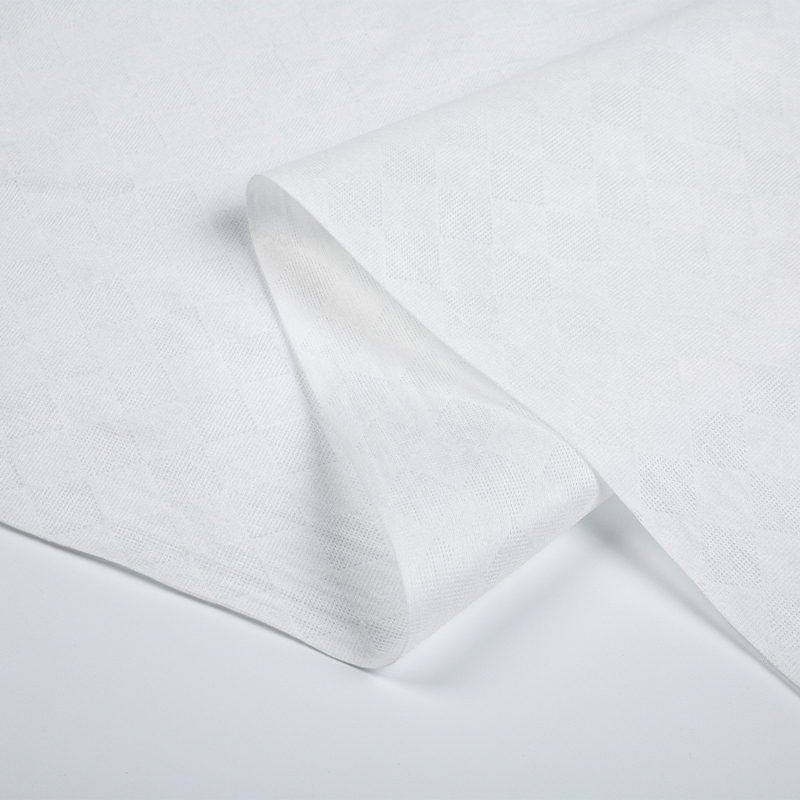Founded in 2022, Hangzhou Shunlong Nonwovens Technology Co., Ltd. is a professional China nonwoven fabric manufacturer and non-woven raw material factory
In the world of textile materials, nonwovens have become an indispensable part of modern industry and daily life with their unique production processes and wide range of applications. Among them, Spunlace Nonwoven Fabric stands out among many nonwoven fabrics with its unique advantages, especially in terms of hygroscopicity.
The main advantages of spunlaced nonwoven fabrics
1. Excellent moisture absorption performance
Spunlace Nonwoven Fabric is known for its excellent moisture absorption properties. This is due to its loose and porous structure between fibers, which allows moisture to quickly penetrate and be evenly distributed inside the material, thereby keeping the surface dry. In fields such as medical care, hygiene, and sports that require high moisture absorption, spunlace nonwovens have shown great advantages. For example, wound dressings and surgical gowns in medical supplies are required to quickly absorb wound exudate or sweat to prevent bacterial growth and protect the safety of patients and medical staff; while in sportswear, spunlace non-woven fabrics can effectively absorb sweat, improve wearing comfort and reduce discomfort after exercise.
2. Soft and comfortable, skin-friendly and non-irritating
The production process of Spunlace Nonwoven Fabric avoids chemical bonding or needle punch reinforcement in traditional textiles. Instead, it uses high-pressure water flow to directly act on the fiber web, causing the fibers to tangle with each other to form a cloth surface. This process retains the natural characteristics of the fiber, making the spunlace nonwoven fabric extremely soft and skin-friendly. Even those with sensitive skin can use it safely without causing any irritation or discomfort.
3. Good breathability and environmental protection
In addition to being highly hygroscopic, Spunlace Nonwoven Fabric also has good breathability. Its loose fiber structure facilitates air circulation, keeps skin dry and reduces bacterial growth. At the same time, spunlace non-woven fabrics usually use natural fibers or recyclable synthetic fibers as raw materials, and no or only a small amount of chemical adhesives are used in the production process, reducing environmental pollution. Discarded spunlace non-woven fabrics are also easy to degrade and meet the requirements of sustainable development.
4. High strength and durability
Although Spunlace Nonwoven Fabric looks soft and thin, the entangled structure between its fibers formed by high-pressure water flow gives it high strength and durability. This allows spunlace nonwovens to perform well in application scenarios that require a certain degree of wear resistance and tensile strength, such as labor protection supplies, industrial wipers, etc.
Wide range of applications
Thanks to the many advantages mentioned above, spunlace nonwovens have been widely used in many fields. In the medical field, it is used to make surgical gowns, protective clothing, masks, bandages, wound dressings and other medical supplies; in the health field, spunlace non-woven fabrics have become an ideal material for wet wipes, sanitary napkins, diapers and other products; In addition, spunlace non-woven fabrics also play an important role in textile, home furnishing, automobile, agriculture and other fields, such as home decoration fabrics, automobile interior materials, agricultural covering films, etc.
Spunlace Nonwoven Fabric stands out among many nonwoven fabrics for its excellent moisture absorption performance, soft and comfortable feel, good breathability, environmental protection, high strength and durability. With the continuous advancement of science and technology and the improvement of people's requirements for the quality of life, the application fields of spunlace non-woven fabrics will continue to expand, bringing more convenience and comfort to our lives. In the future, we have reason to believe that spunlace non-woven fabrics will continue to occupy an important position in the field of textile materials and contribute to the promotion of sustainable social development.
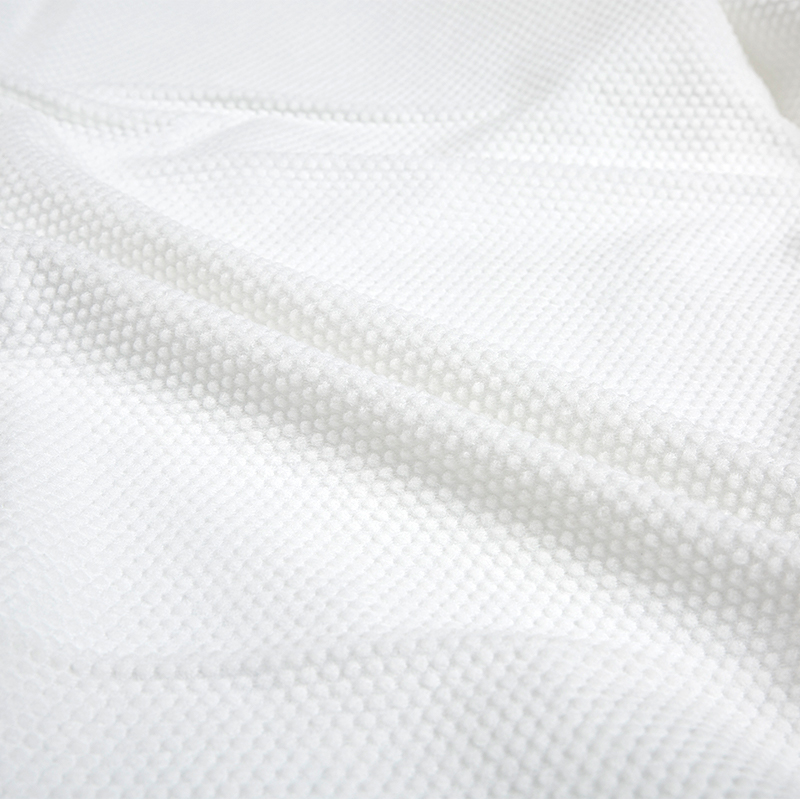

 English
English 日本語
日本語 русский
русский Español
Español